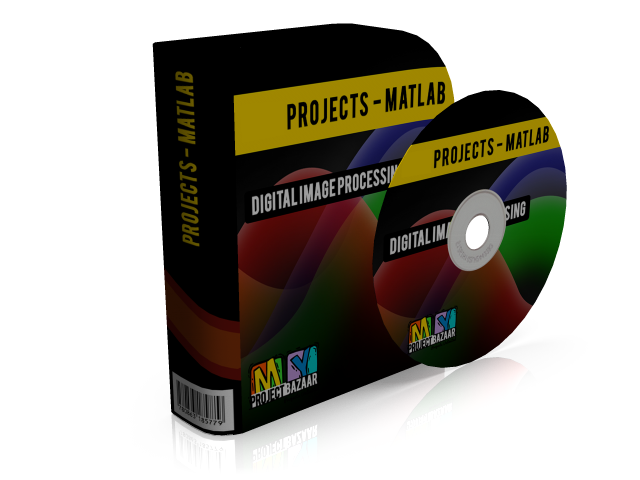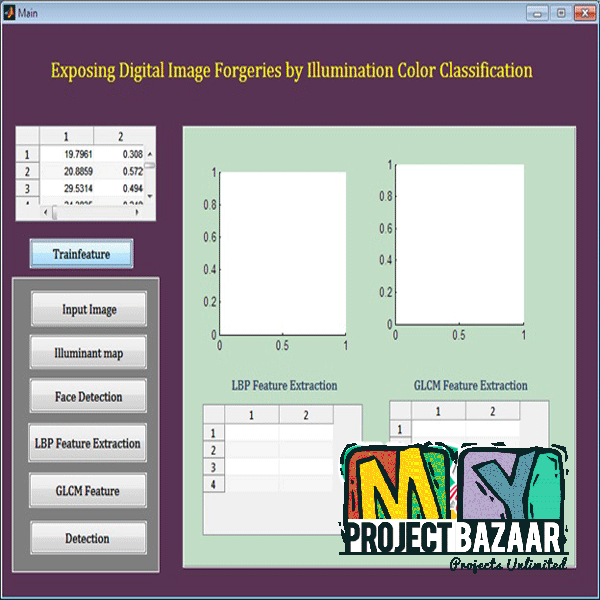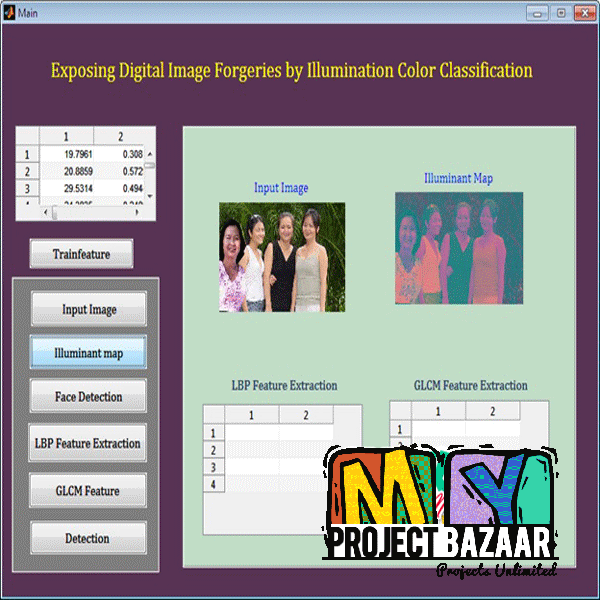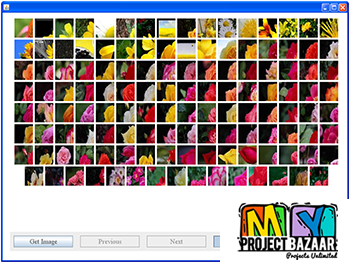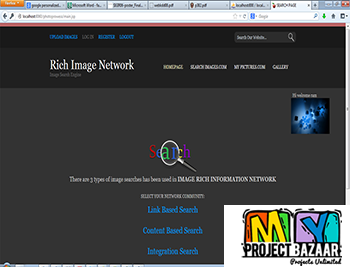
Exposing Digital Image Forgeries by Illumination Color Classification
Product Description
Exposing Digital Image Forgeries by Illumination Color Classification
Abstract— photographs have been used to document space-time events and they have often served as evidence in courts. Although photographers are able to create composites of analog pictures, this process is very time consuming and requires expert knowledge. Today, however, powerful digital image editing software makes image modifications straightforward. This undermines our trust in photographs and, in particular, questions pictures as evidence for real-world events. In this paper, we analyze one of the most common forms of photographic manipulation,< Final Year Project > known as image composition or splicing. We propose a forgery detection method that exploits subtle inconsistencies in the color of the illumination of images. Our approach is machine-learning-based and requires minimal user interaction. The technique is applicable to images containing two or more people and requires no expert interaction for the tampering decision. To achieve this, we incorporate information from physics- and statistical-based illuminant estimators on image regions of similar material. From these illuminant estimates, we extract texture- and edge-based features which are then provided to a machine-learning approach for automatic decision-making. The classification performance using an SVM meta-fusion classifier is promising. It yields detection rates of 86% on a new benchmark dataset consisting of 200 images, and 83% on 50 images that were collected from the Internet.
Including Packages
Our Specialization
Support Service
Statistical Report

satisfied customers
3,589
Freelance projects
983
sales on Site
11,021
developers
175+Additional Information
| Domains | |
|---|---|
| Programming Language |

